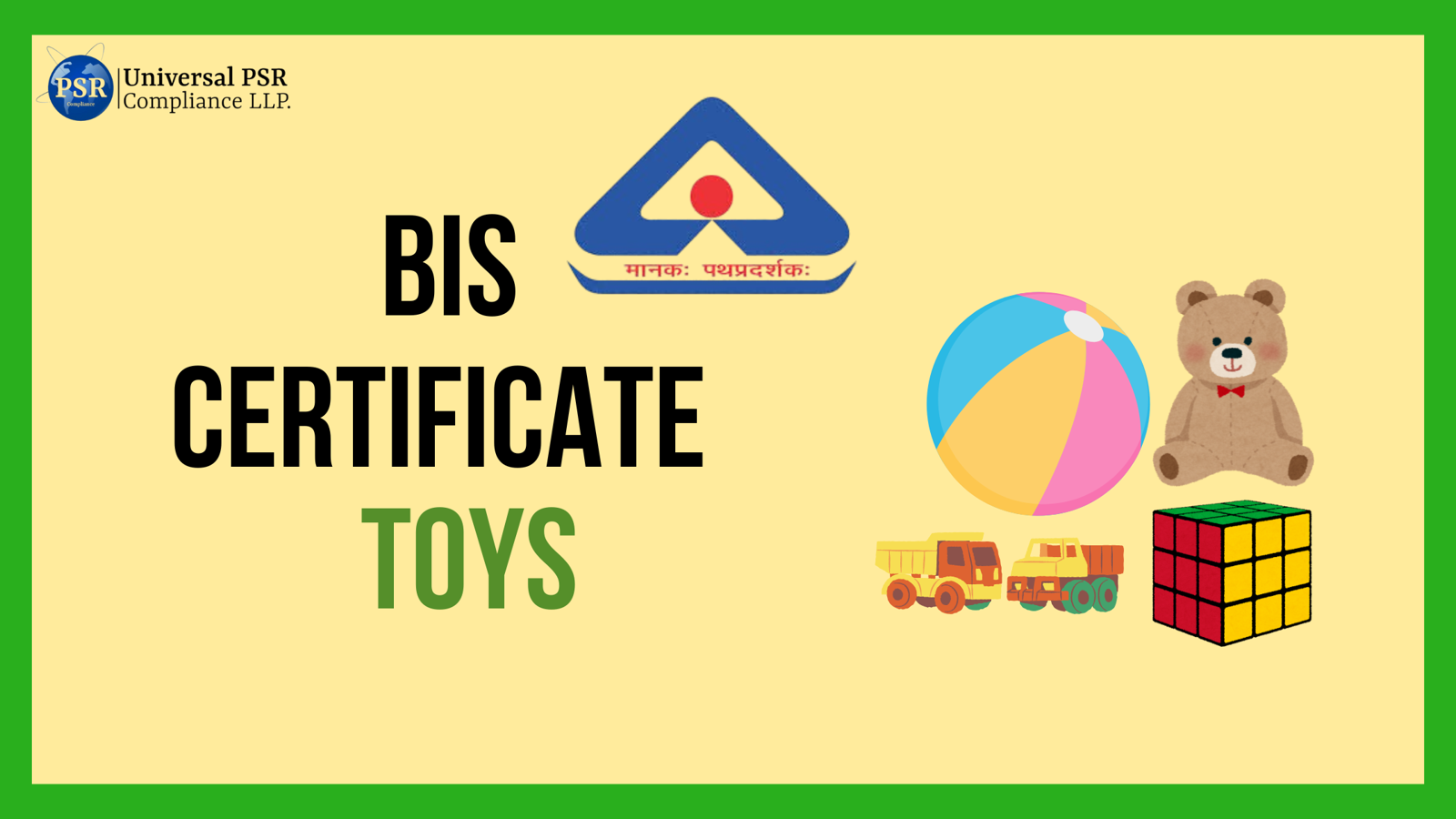
Why Toy Safety is a National Priority
In a country like India, where a significant portion of the population is under the age of 15, the toy market is both vast and influential. With that comes the responsibility of ensuring that toys are safe, reliable, and non-toxic for children of all age groups. Unsafe toys pose serious risks—choking hazards, sharp edges, harmful chemicals, and electrical malfunctions. That's why the Indian government, through the Bureau of Indian Standards (BIS), has made toy safety a national priority.
India has mandated that all toys sold in the domestic market—whether made in India or imported—must comply with specific BIS standards. This is not just a compliance issue; it’s about child safety. Any manufacturer or importer dealing in toys must undergo a stringent process of testing, evaluation, and certification to meet BIS norms. Without this certification, toys cannot be legally sold in India.
With the toy industry expanding rapidly and international brands looking to enter the Indian market, compliance with BIS standards like IS 9873 and IS 15644 has become critical. These are the core guidelines that define what makes a toy "safe" in the Indian context.
Mandatory BIS Certification for Toy Manufacturers
As of January 2021, the Indian government made BIS certification compulsory for all toys under the Quality Control Order (QCO). This means no toy can be imported, sold, or distributed in India without a BIS license, regardless of whether the manufacturer is local or overseas.
All toys, whether they are manually operated or battery/electrically operated, must conform to IS 9873 or IS 15644, depending on the type. The BIS certification falls under the Compulsory Registration Scheme (CRS) for toy safety, and both Indian and foreign manufacturers must comply.
Here’s what this means in practice:
Manufacturers must get their toys tested in BIS-approved laboratories.
An Authorized Indian Representative (AIR) is required for foreign applicants.
Toys must display the BIS Standard Mark on their packaging and product.
Non-compliance can lead to confiscation, fines, or import bans.
In short, BIS certification is not just a regulatory formality—it’s your ticket to enter and thrive in India’s lucrative toy market.
Overview of BIS Standards IS 9873 and IS 15644
BIS has developed two core standards for toy safety:
IS 9873 (Parts 1 to 7) – This applies to all types of toys, with each part dealing with a specific risk category or toy function.
IS 15644 – This applies specifically to electric or battery-operated toys.
Together, these standards cover the full spectrum of toy-related hazards, including:
Physical and mechanical risks
Chemical composition (toxins, heavy metals, etc.)
Flammability
Electrical safety and overheating
Hygiene and microbiological safety
Understanding and complying with both IS 9873 and IS 15644 is essential for manufacturers to ensure their toys are legally marketable and safe for Indian children.
IS 9873: Comprehensive Safety Standards for Toys
Structure and Scope of IS 9873
IS 9873 is the backbone of BIS certification for toys and is divided into multiple parts, each addressing different aspects of safety. Here’s a snapshot:
IS 9873 Part 1 – Mechanical and physical properties
IS 9873 Part 2 – Flammability
IS 9873 Part 3 – Migration of certain elements (chemical toxicity)
IS 9873 Part 4 – Swings, slides, and similar activity toys
IS 9873 Part 7 – Finger paints and coloring materials
The goal of IS 9873 is to assess every potential risk a child might face while playing with a toy—biting, throwing, licking, pulling, or even swallowing. Manufacturers must ensure their products are free from hazards across all these dimensions.
For instance, under Part 1, the standard specifies rules about small parts in toys that could pose choking hazards for children under three. Part 3 tests for harmful chemicals like lead, cadmium, and phthalates, while Part 2 ensures toys do not easily catch fire.
If your toy does not pass one part of IS 9873, your BIS application can be rejected, even if it complies with all other parts.
Breakdown of IS 9873 (Parts 1 to 7)
Let’s take a deeper look at what each part of IS 9873 covers:
Part 1: Mechanical & Physical Properties
Ensures the toy is physically safe—no sharp edges, dangerous moving parts, or potential choking risks.Part 2: Flammability
Toys should not catch fire easily or cause burns. This is especially crucial for fabric or foam-based toys.Part 3: Migration of Elements
Limits toxic elements like arsenic, mercury, and lead from leaching into children’s bodies through contact or ingestion.Part 4: Activity Toys
Applicable to toys like seesaws or slides, this ensures they are stable and structurally sound.Part 7: Finger Paints
These should be non-toxic, free from allergens, and microbiologically safe.
Manufacturers must determine which parts of IS 9873 apply to their specific toy type. For example, a plastic doll may need to comply with Parts 1, 2, and 3, while a children’s slide may also require compliance with Part 4.
Physical, Mechanical & Chemical Safety Requirements
Physical & Mechanical Safety
These tests include tension, impact, drop, torque, and compression assessments. Toys must not have sharp points, small detachable parts (for kids under 3), or components that can entrap fingers or hair.
Chemical Safety
IS 9873 imposes strict limits on the presence of harmful chemicals. This includes:
Lead: Must be under 90 ppm
Cadmium, Chromium, and Mercury: Significantly restricted
Phthalates: Common in plastic toys, must be minimal
Chemical tests are conducted in BIS-accredited labs, and results must be part of your certification application.
Flammability Testing
Fabrics and foams used in toys must not support rapid combustion. The test evaluates flame spread rate and whether the toy self-extinguishes after the flame source is removed.
Failure in any of these safety categories can lead to outright rejection of your BIS certification application.
For more info: https://www.psrcompliance.com/blog/bis-certification-for-toys-guide

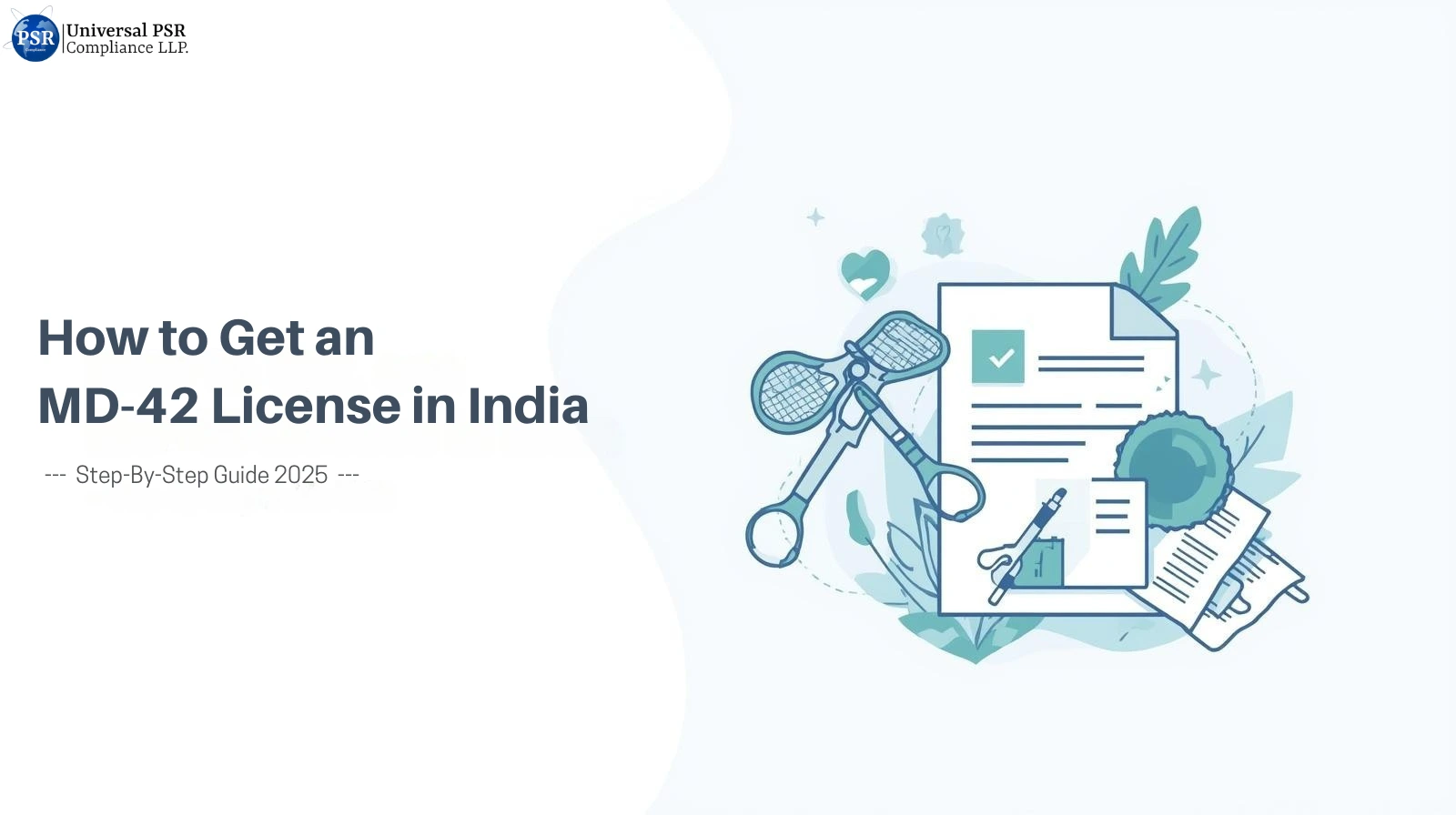
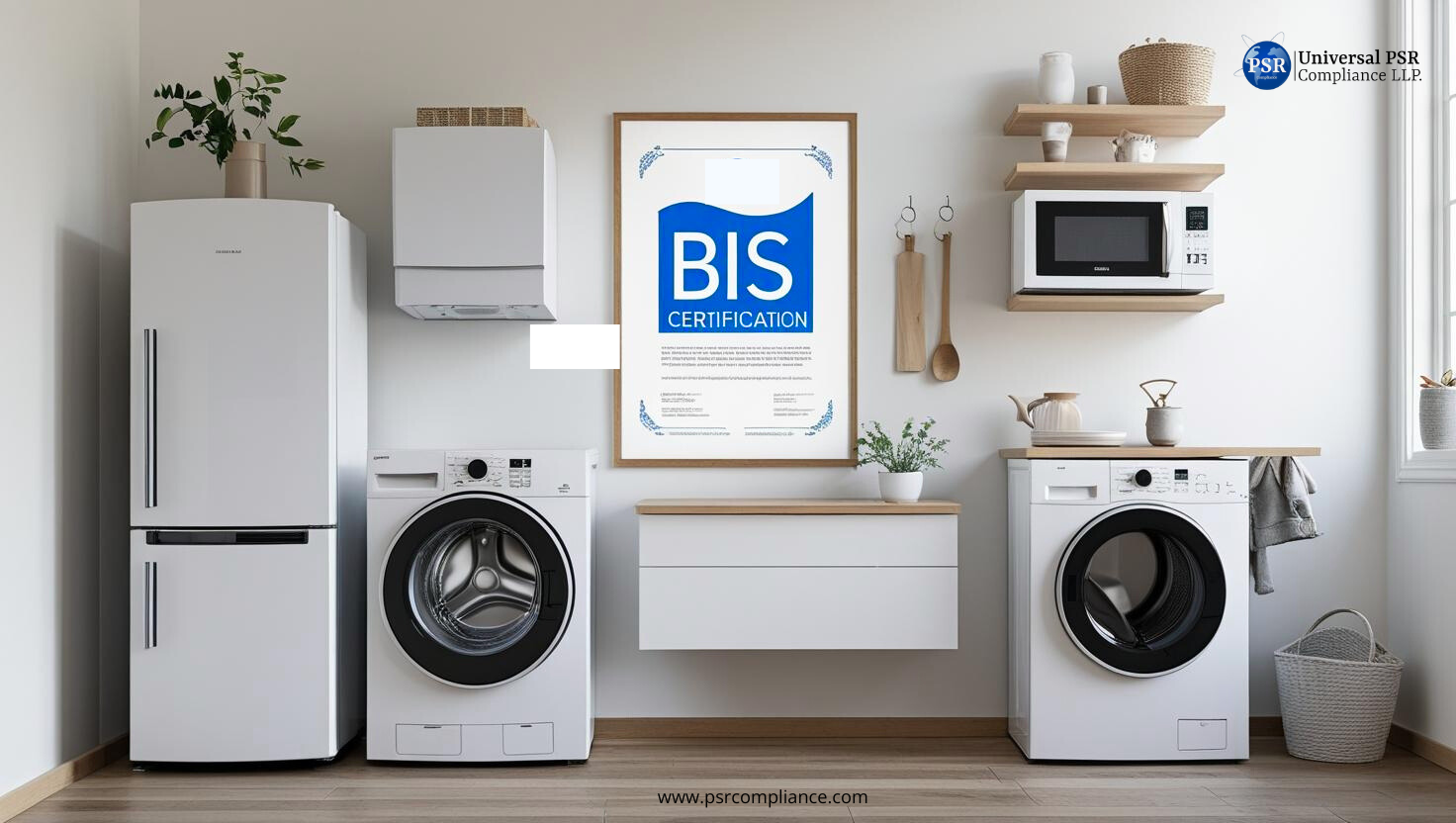
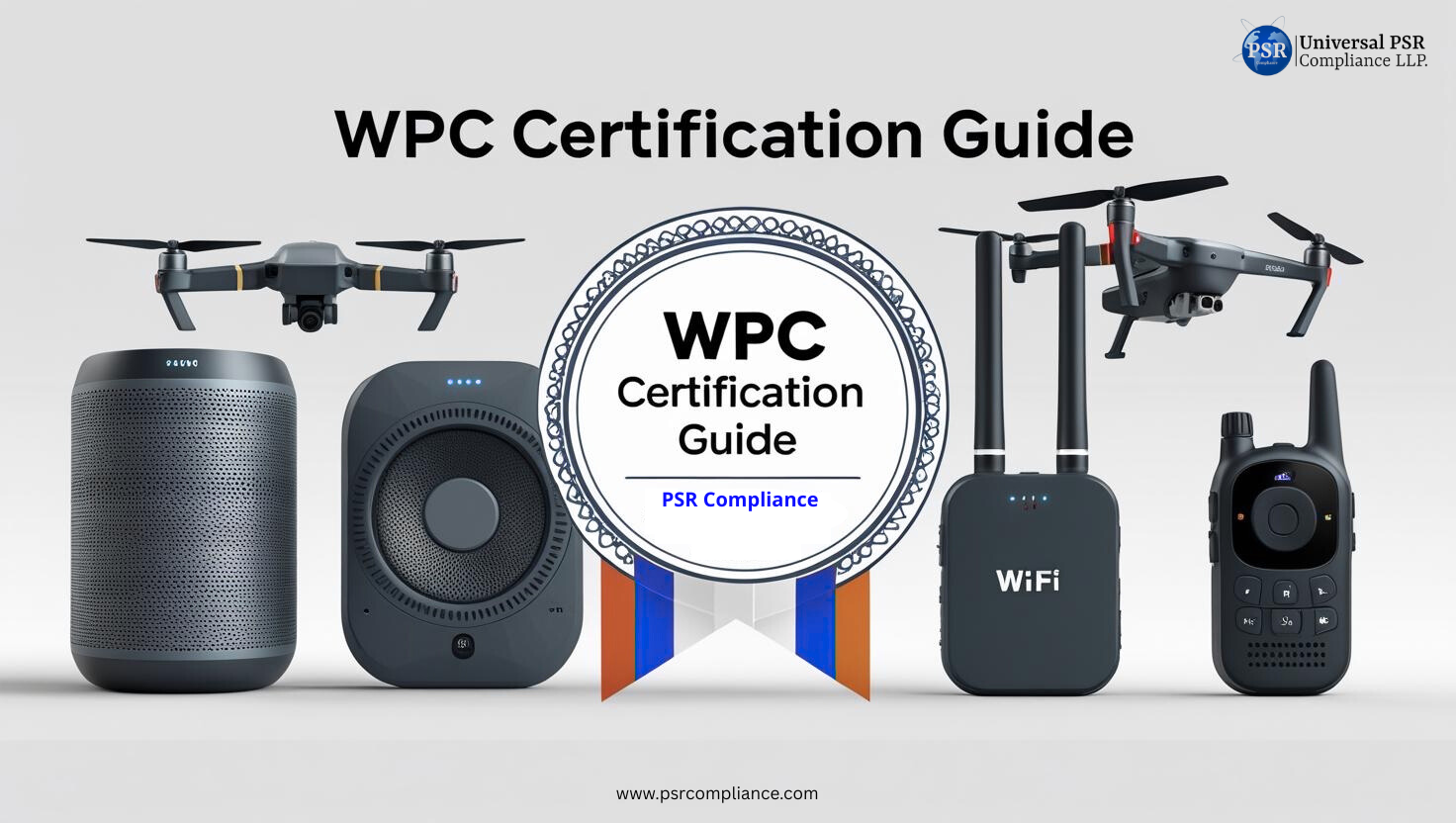

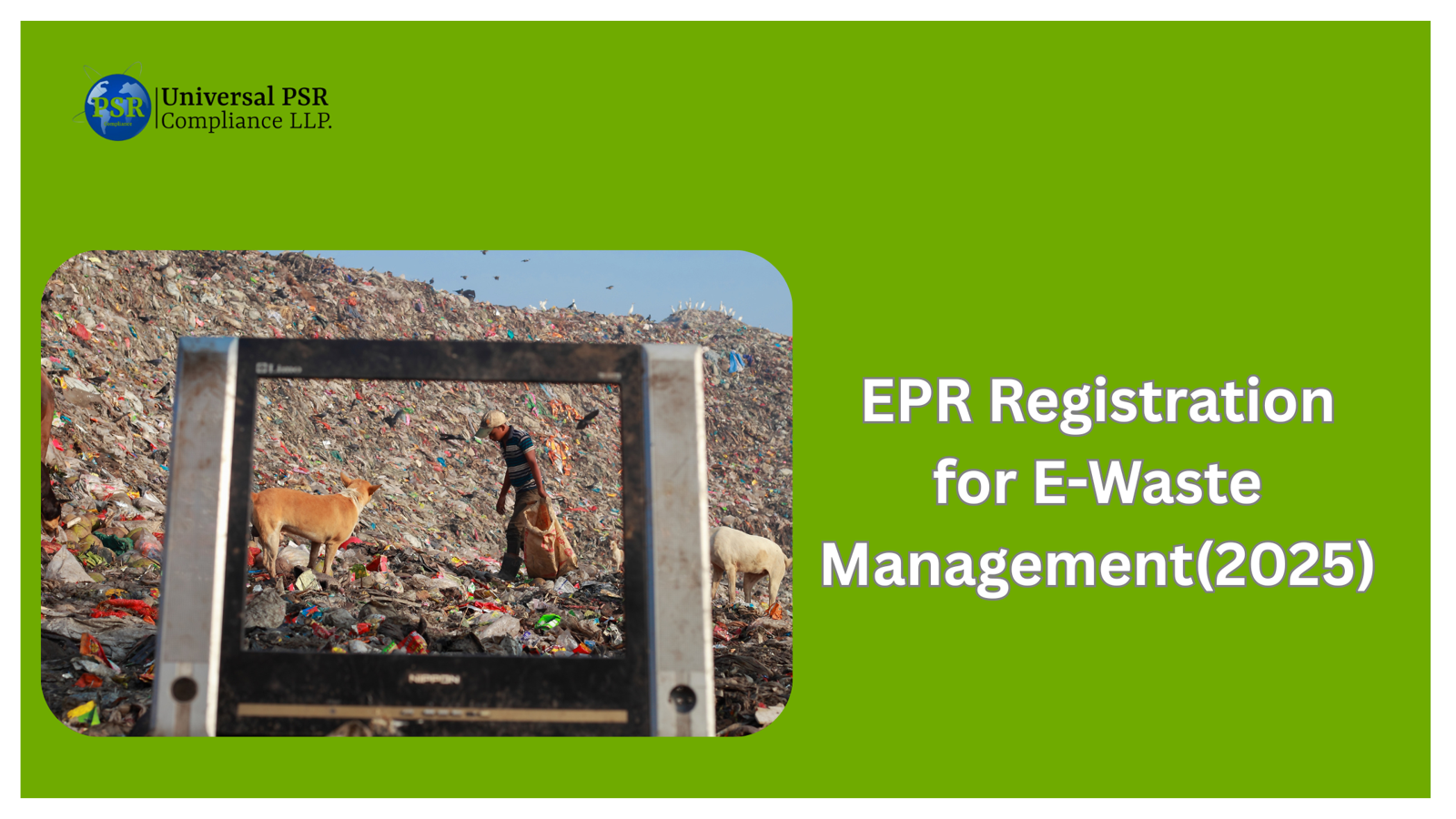
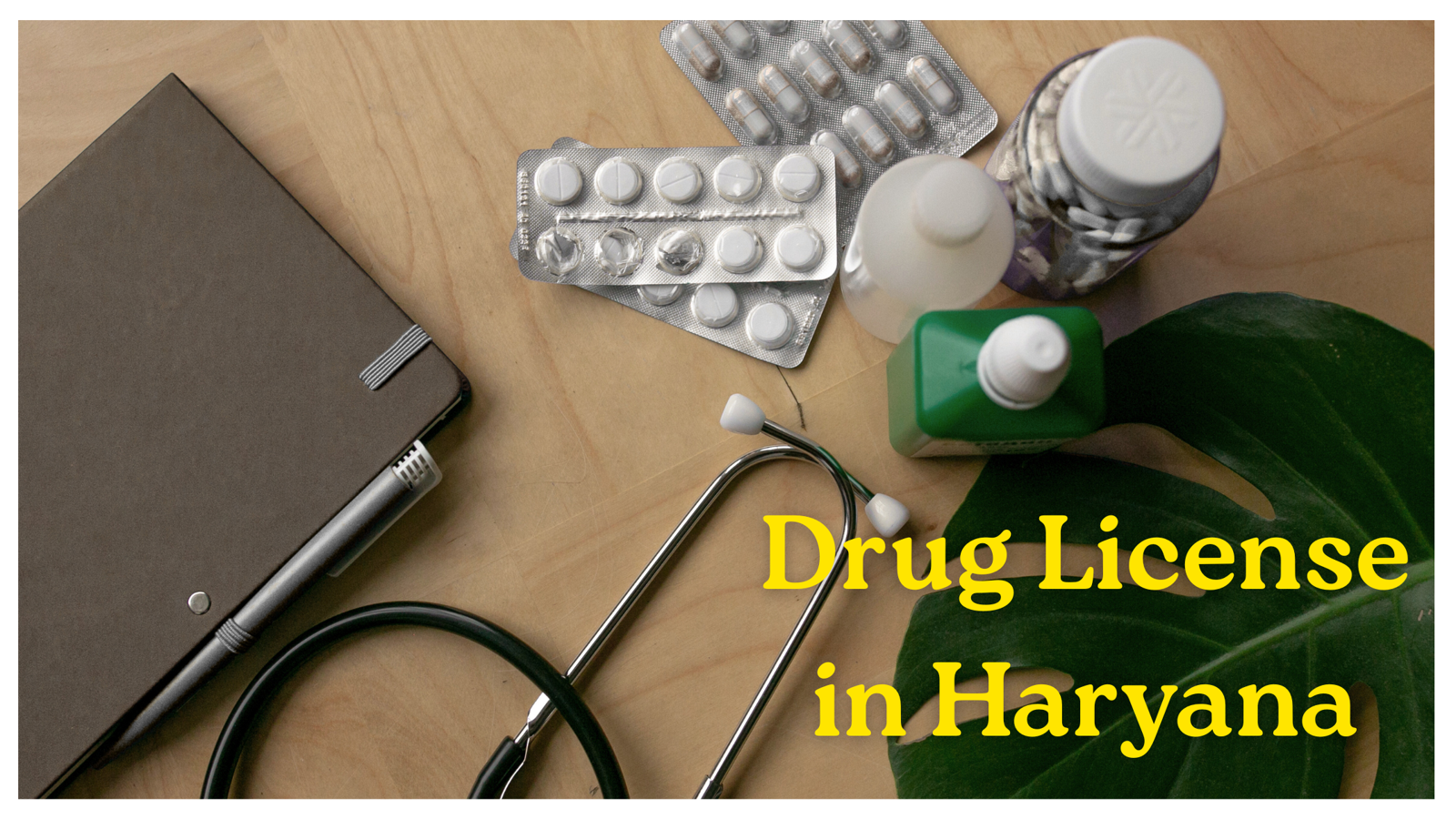
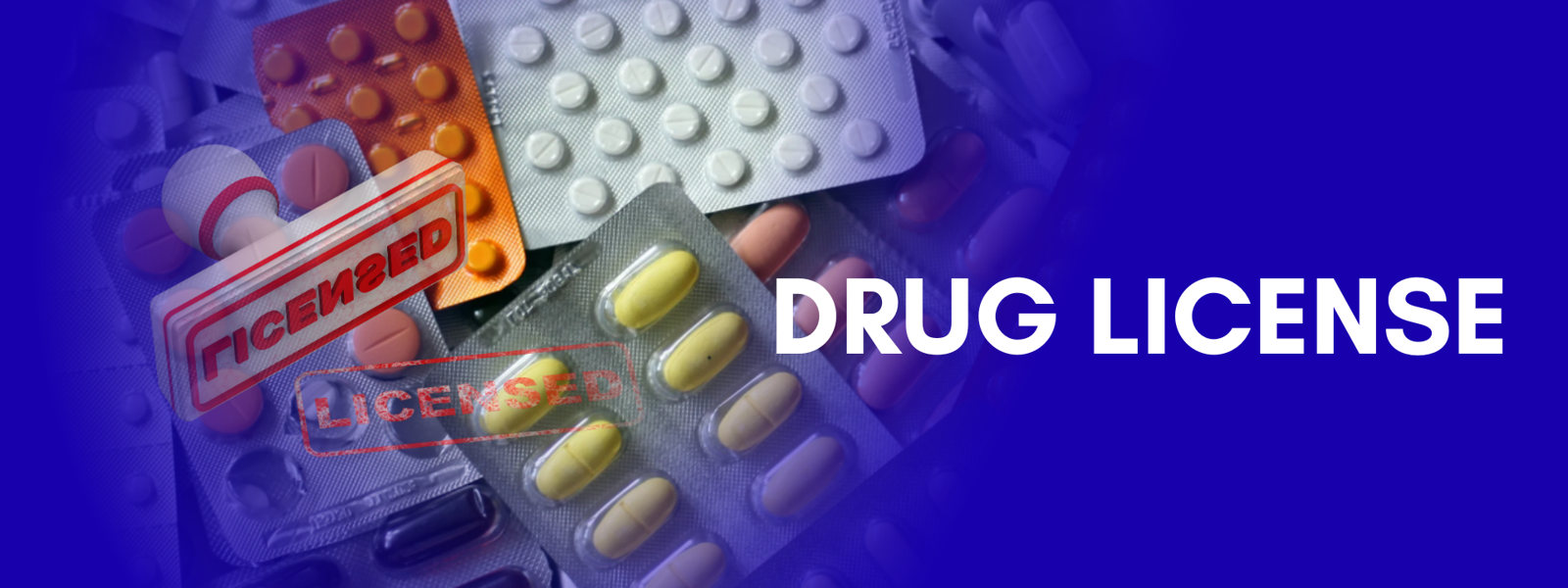
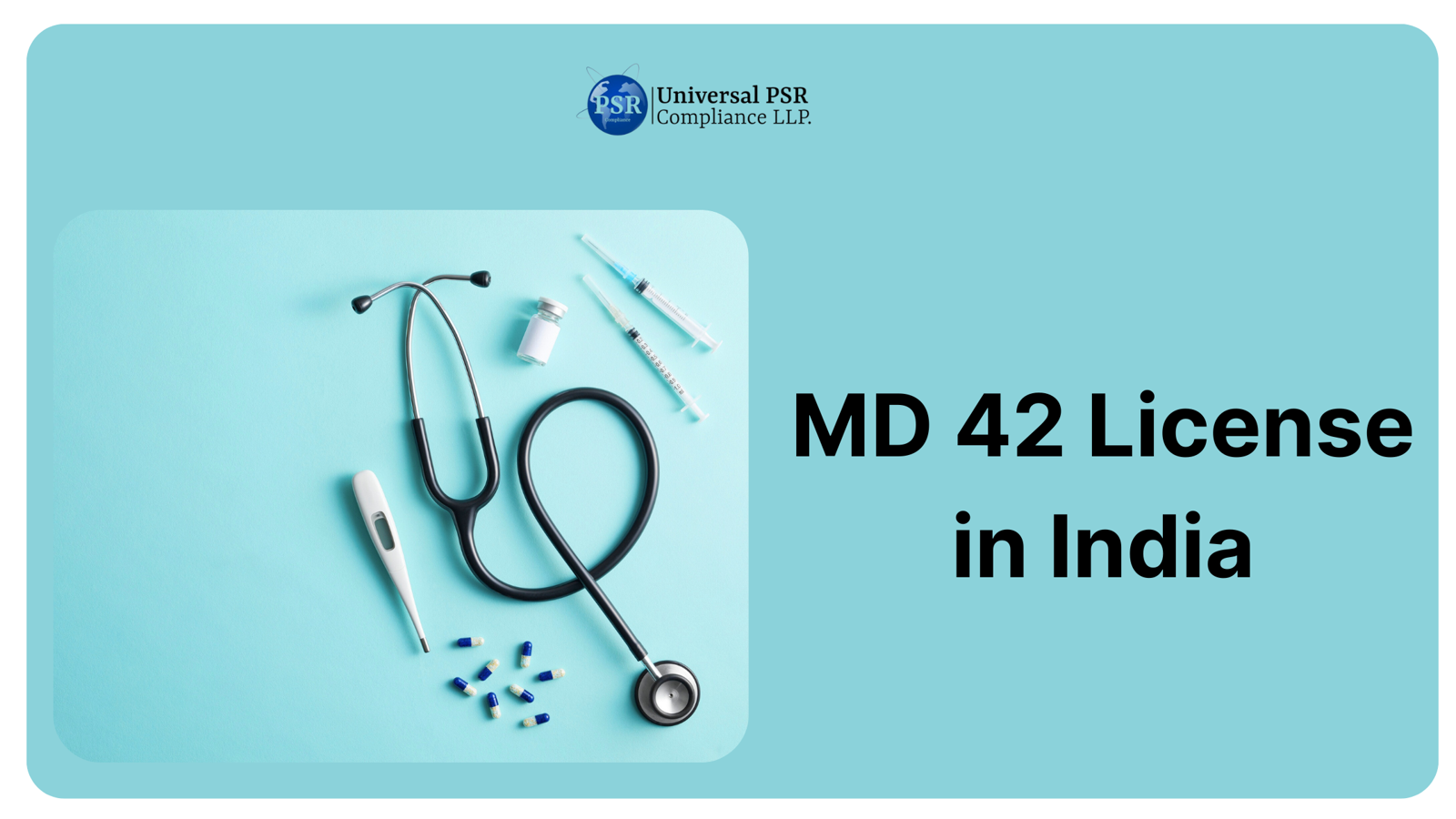



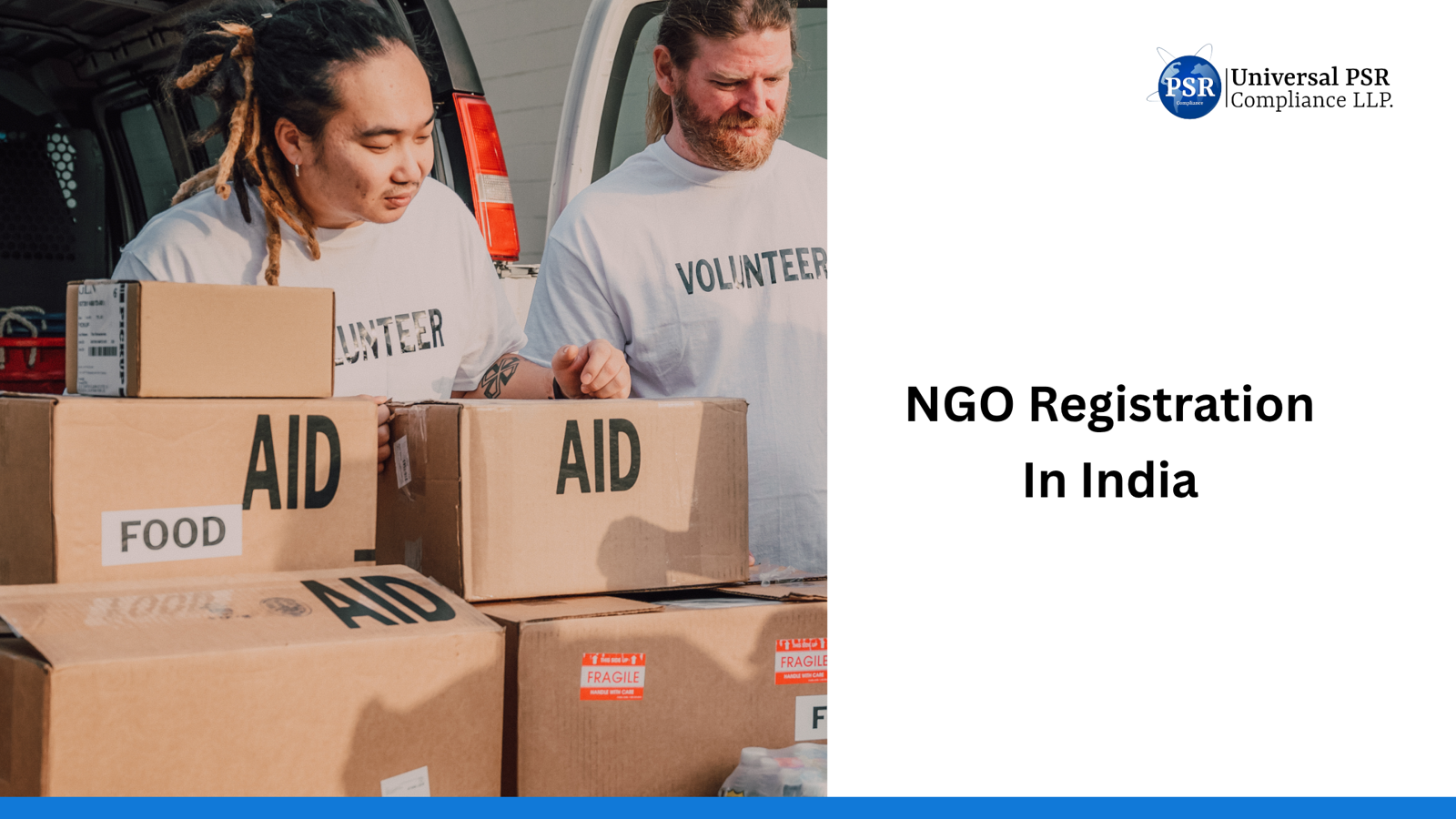

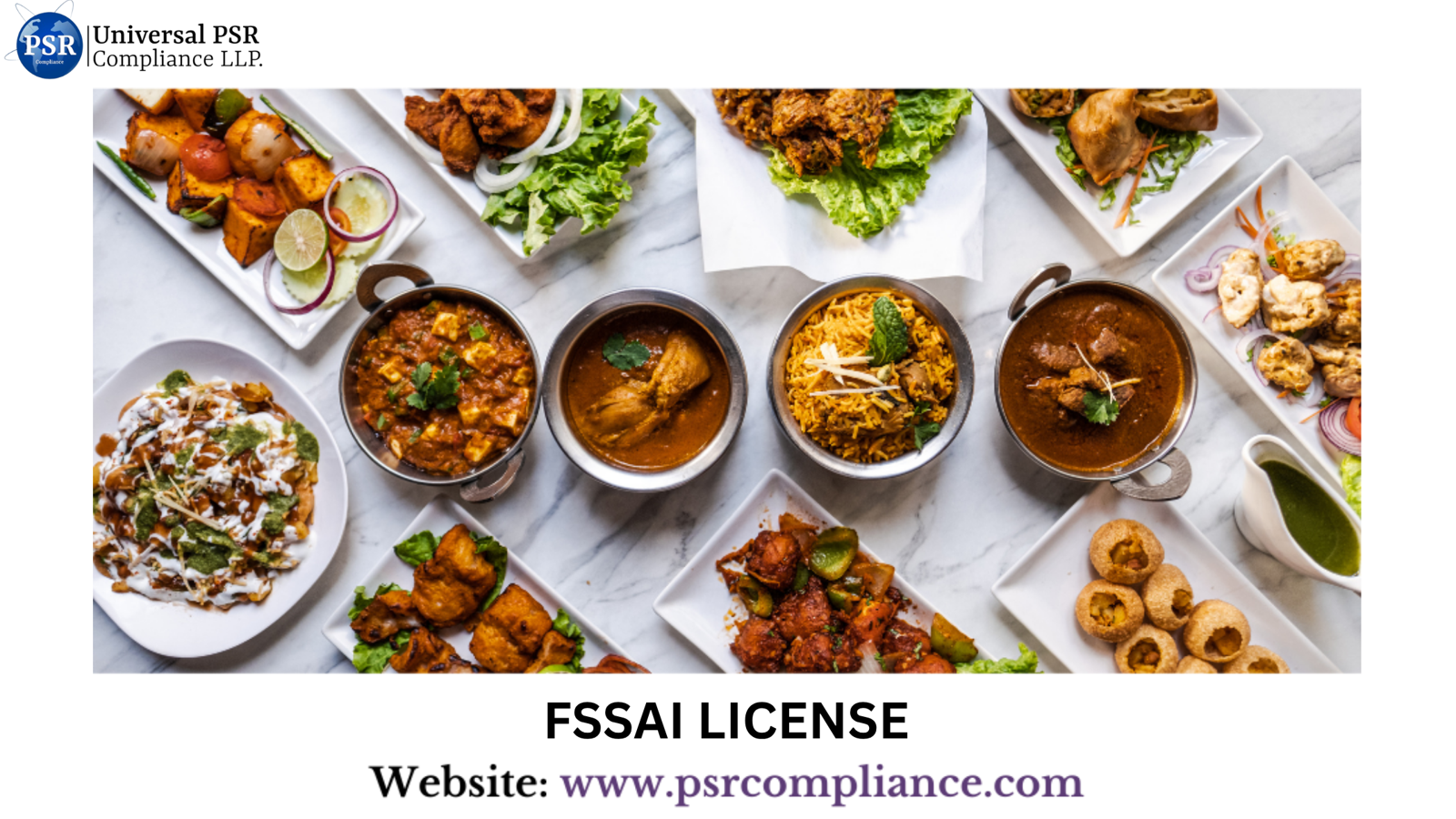
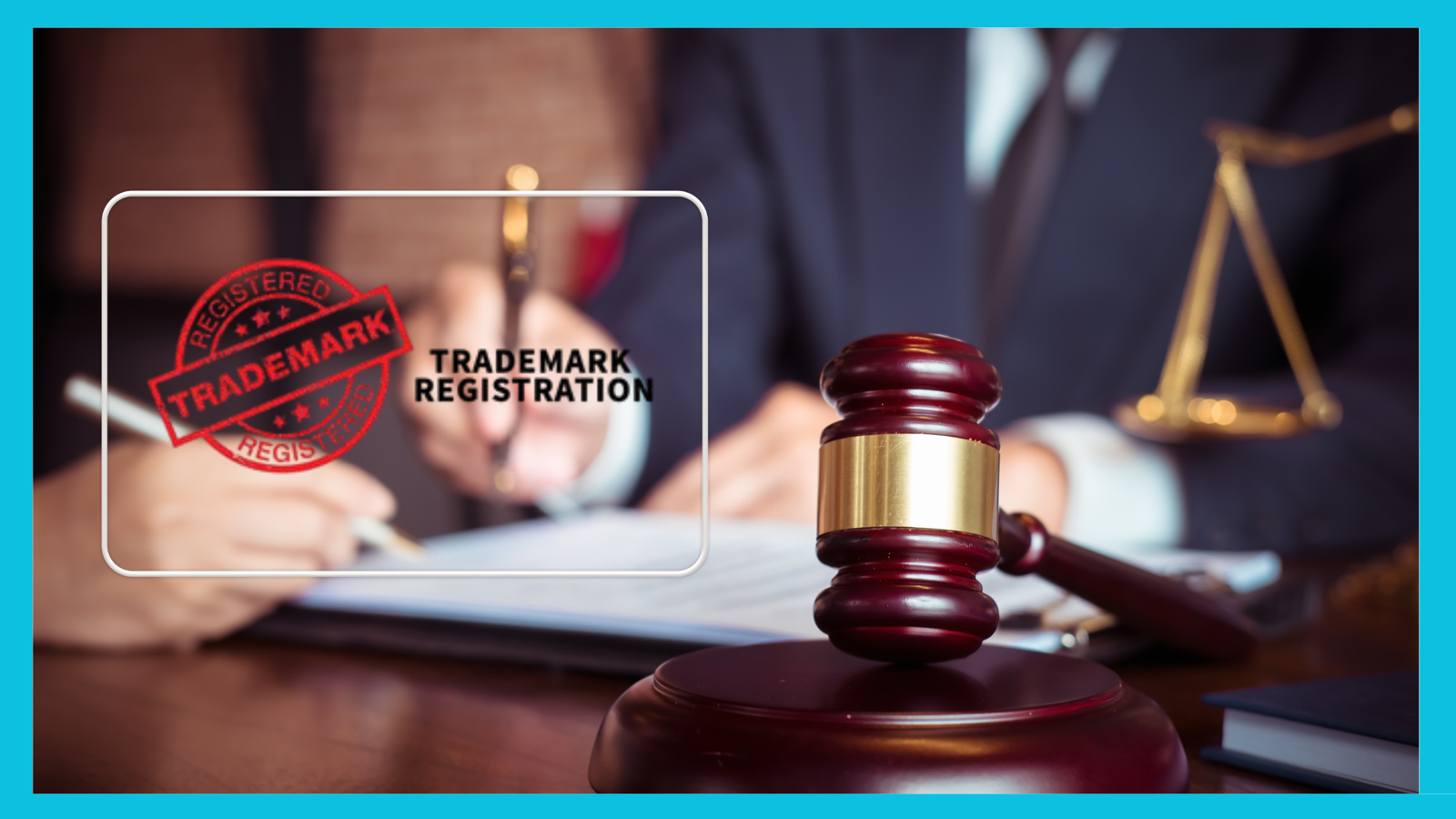

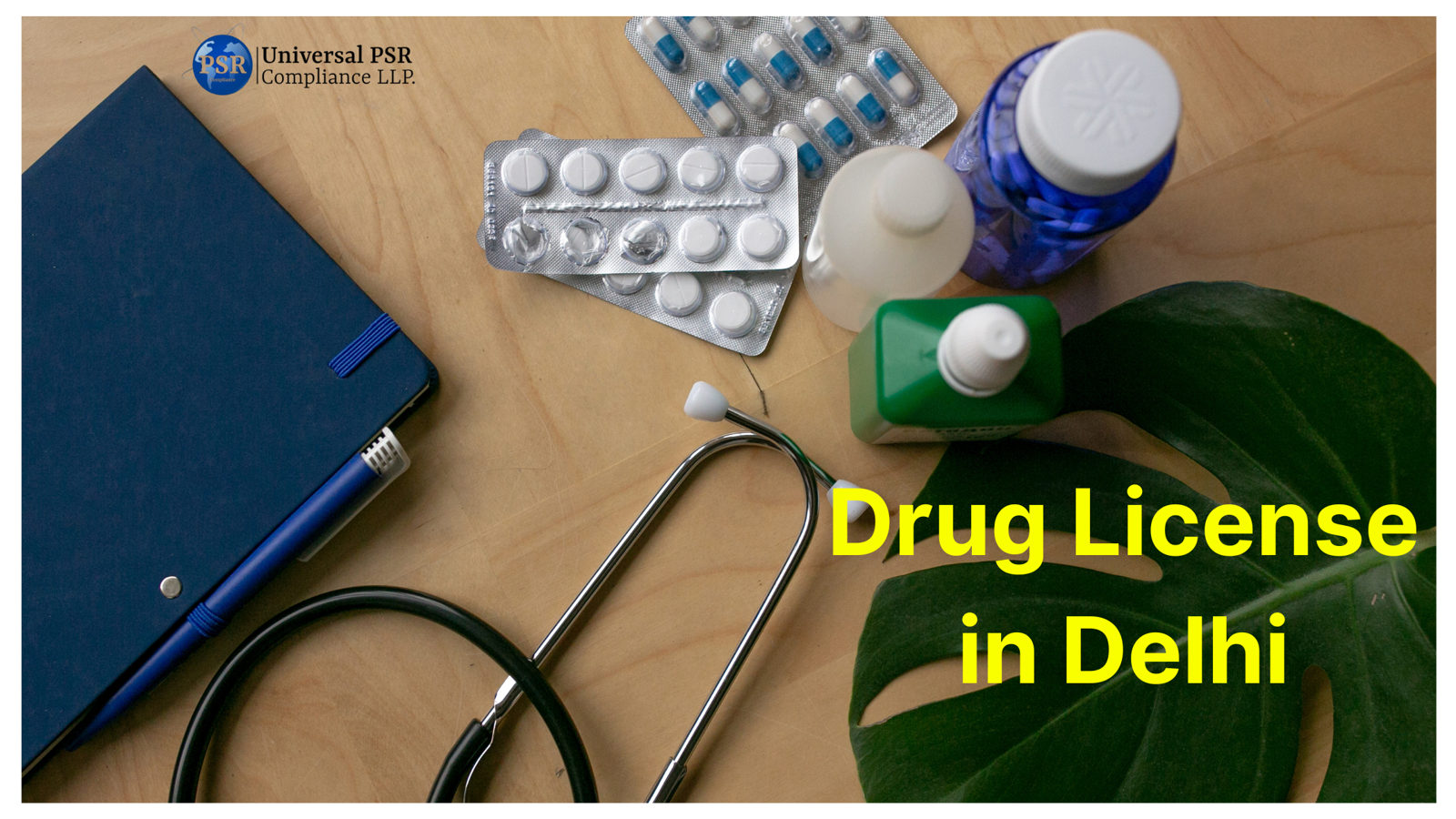
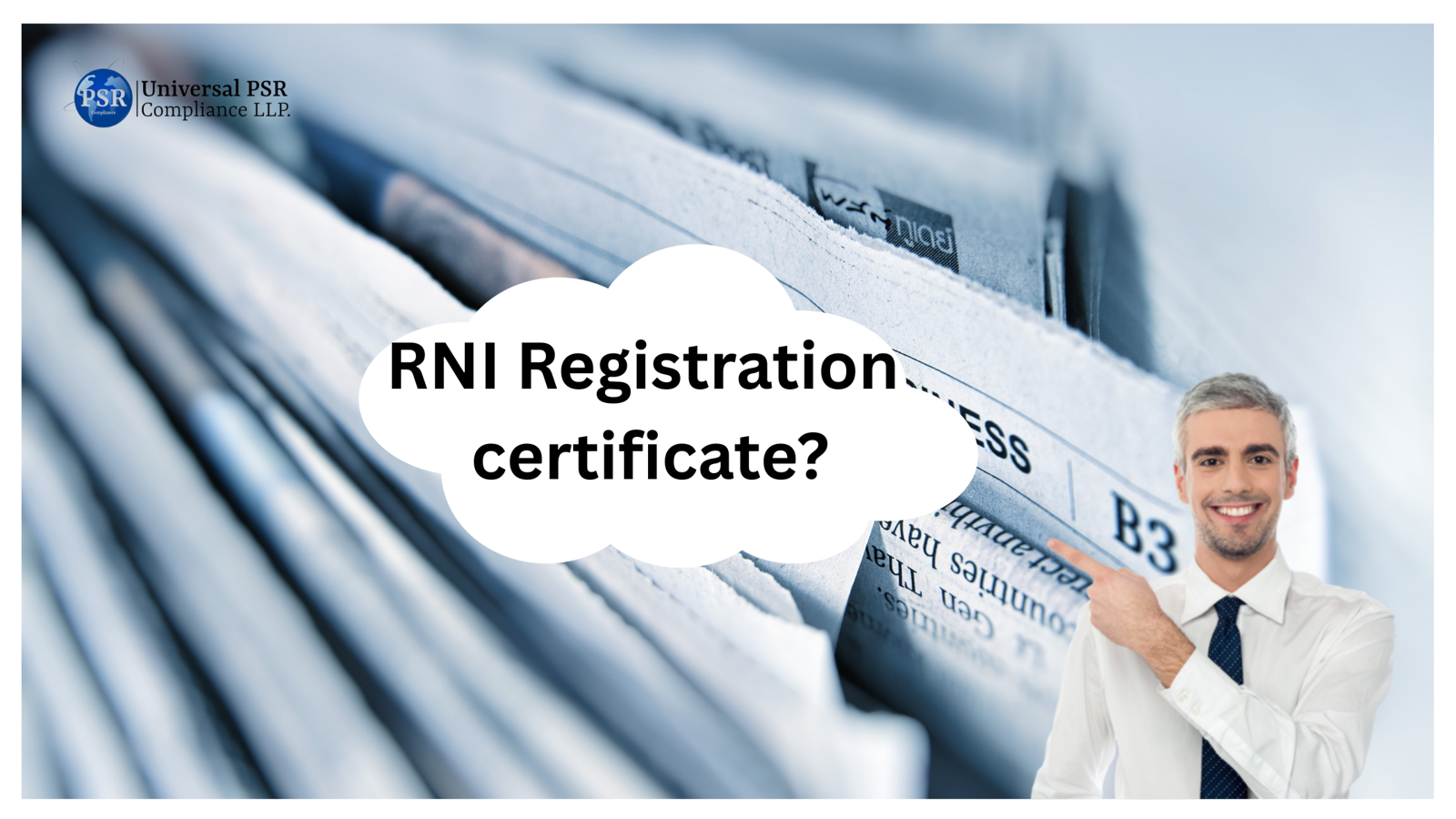

Write a comment ...